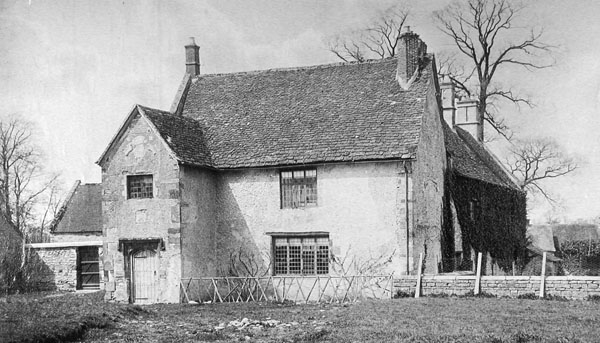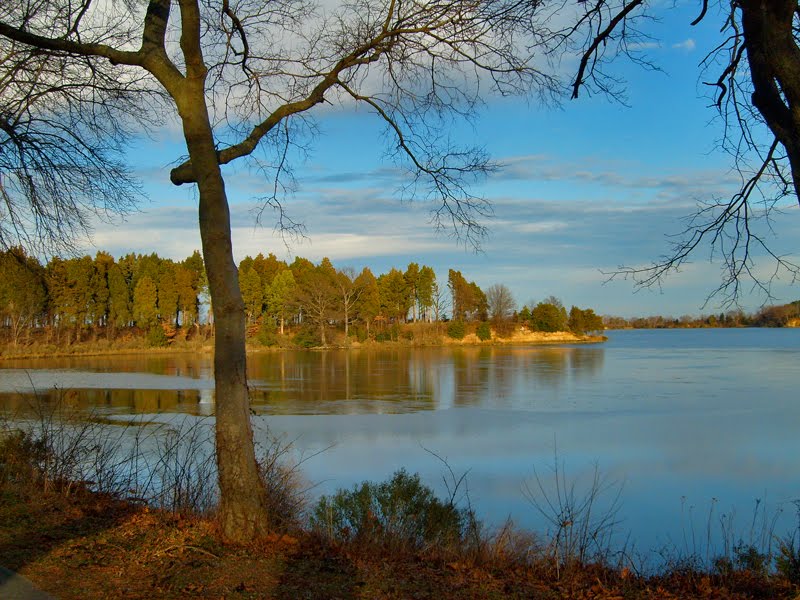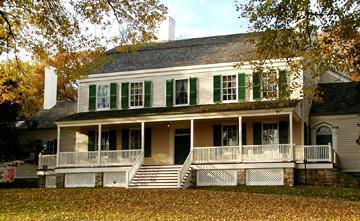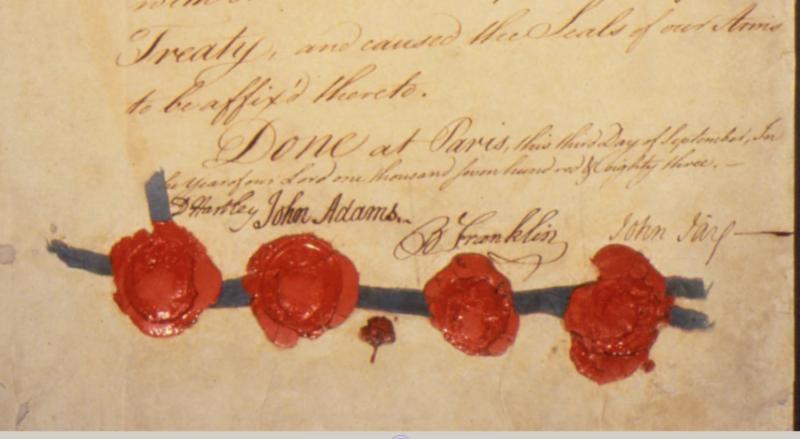C-SPAN Book TV: Myron Magnet, The Founders at Home
Watch the Book TV video (1 hour), recorded at the New York Historical Society on November 12, 2013. Continue reading

Watch the Book TV video (1 hour), recorded at the New York Historical Society on November 12, 2013. Continue reading
I hope every American will get to see Mount Vernon, because it breathes the spirit of our greatest president and makes the Founding seem more alive and real than any history textbook can do. The Mount Vernon Ladies’ Association, which restored and maintains the estate, has done an extraordinary job of preservation—even down to buying up the land across the Potomac, so as to keep the pristine view George Washington saw—and its various exhibits and publications form one of the great treasure troves of American historical understanding. This wonderful philanthropy offers the following virtual tour of the house, to whet your appetite until you can see it in person. Just click on the photo to get started. If at any point you get stuck, just click on the “Mansion” tab, and you will be able to cybertransport yourself to any room in the house:
When you visit, leave time to make the short drive down the road to visit Gunston Hall, home of Washington’s friend and ally, George Mason, author of the Virginia Declaration of Rights. It is a perfect example of a republican gentleman’s rich but down-to-earth house. Click on the photo to begin the slide show:
Incidentally, portions of the house that belonged to Washington’s English ancestors still exist in Sulgrave Manor, in Northamptonshire, built by Lawrence Washington, George Washington’s five times great grandfather, in the mid-1500s.

The entrance porch was completed soon after Queen Elizabeth’s accession to the throne and Lawrence Washington displayed his loyalty to the new Queen by depicting her coat of arms and initials in plaster-work upon its gable.
Just above the door you can find the Washington family’s own coat of arms carved in stone – the ‘mullets and bars’ depicted resemble ‘stars and stripes’ and are widely believed to have influenced the design of the American flag.
If you visit the Lee family’s Stratford Hall in Virginia, stop in at George Washington’s idyllic birthplace, just up the road at Pope’s Creek. The original house is gone—there’s a slightly miniaturized 1930s’ version of Gunston Hall instead, for reasons obscure to me—but the site is breathtaking, with flocks of swans and geese in the heart-meltingly beautiful inlets of the Potomac, and you are likely to see a bald eagle overhead. The name of the National Park Service ticket-taker when I visited was Pocahontas, and you can’t get much more early-Virginia than that.

When John Jay retired after two terms as governor of New York in June 1801, after serving as the first chief justice of New York State and of the United States, as president of the Continental Congress, as secretary for foreign affairs, and—most important—as the U.S. diplomat who stamped his vision on America’s foreign policy for generations to come, he moved into a plain yellow house in Katonah, at the northern edge of Westchester County. Even though he’d lived in one of New York City’s grandest mansions, he didn’t want a “seat,” his son wrote; he wanted a plain farmhouse, just like his neighbors’. The only difference between his house and hundreds more built in America in the first two decades of the nineteenth century was that it was a bit bigger—and built like Old Ironsides. As one friend said of the solidity of the house and its furnishings, and of Jay’s religiously upright life—“all his conduct seemed to have reference to perpetuity in this world and the next.”
Have a look at this slideshow of the John Jay Homestead. Just click on the photo:

Though we now best remember Jay as our first chief justice, his most important accomplishment was as a diplomat. He negotiated the Treaty of Paris that ended the Revolutionary War. Ignoring Congress’s instructions to coordinate closely with America’s French allies and keep French diplomats informed of all his communications with British negotiators, Jay quickly understood that France and America had different interests and aims in the final peace settlement. France wanted America to be a much smaller and weaker country than Americans hoped for–a country surrounded by hostile powers, at loggerheads with England, and thus perpetually dependent on France. Consequently, Jay negotiated with his British counterparts without informing the French foreign ministry of his actions and intentions, and at last succeeded in getting agreement to a treaty that left America a much bigger and more powerful nation than France had wanted and that even Congress had thought possible.
Here are the signatures on the Treaty of Paris, including those of Jay’s fellow American commissioners, who played minor and unimportant roles in hammering out the treaty, as well as that of British negotiator David Hartley.


And their consequences—for his era and ours
Autumn 2013
On November 30, 1774, a 37-year-old Englishman—an ex-privateer, ex–corset stay maker, ex–tax collector (fired twice for dereliction of duty), and ex-husband (also twice over)—arrived in Philadelphia with a letter of recommendation from Benjamin Franklin in his pocket. The old philosopher’s praise was understandably restrained. This “ingenious worthy young man,” Franklin wrote, would make a useful “clerk, or assistant tutor in a school, or assistant surveyor.” Four months later, however, the shots that rang out at Lexington and Concord galvanized the newcomer’s hitherto aimless life into focus and purpose. “When the country into which I had just set foot was set on fire about my ears, it was time to stir,” he recalled. “It was time for every man to stir.” And so, adding a final “e” to soften the surname he was born with, he began to write under the byline “Thomas Paine.” Continue reading